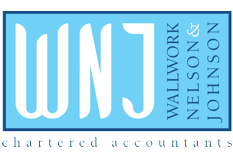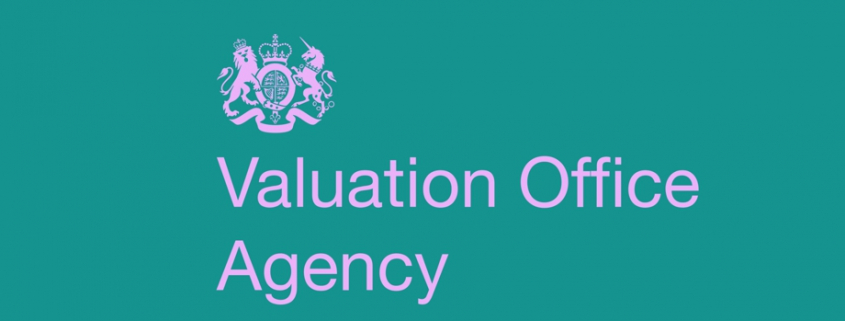Rates revaluation – are you ready?
The Valuation Office Agency (VOA) is currently updating the values it holds for more than two million business and other non-domestic properties across England and Wales.
These values are used to calculate business rates bills. The future values come into effect in April 2026, but there are actions you can take now to be prepared.
If you own a property that might be liable to pay business rates – here is everything you need to know about the 2026 Revaluation.
What is a revaluation?
The VOA updates the rateable values of non-domestic properties in England and Wales every three years.
Rateable values are the amount of rent a property could have been let for on a set valuation date. For the 2026 revaluation, that date is April 1, 2024.
Rateable values are used by local councils to calculate business rate bills. Using this value as a basis, local councils will apply a standard percentage or ‘multiplier’ and details of any reliefs and discounts to give the amount to be paid.
Revaluations make sure that these bills are based on up-to-date information. A change in your rateable value does not always mean a change in your bill.
How can I access information about my business rates valuation?
You can view your property’s current rateable value through the Find a Business Rates Valuation service on GOV.UK.
If you want to see more details about your current valuation, check the details held on your property or request a change, you will need a business rates valuation account.
Future rateable values for non-domestic properties, that come into effect on April 1, 2026, will be published before December 31, 2025.
Once published, you will be able to see details about these valuations on your Business Rates Valuation Account, or through the ‘Find a Business Rates Valuation’ Service on GOV.UK.
What to do if you think your valuation is wrong?
If you believe your current valuation isn’t correct, you can ask the VOA to review it through your Business Rates Valuation Account.
First, you’ll need to complete a ‘Check’. This will allow you to correct or confirm factual details about the property.
If this doesn’t result in a change to your rateable value, you can decide to progress to a ‘Challenge’. You’ll need to provide evidence to support your case. There’s more information about this on the GOV.UK website.
It’s important to note that your rateable value can go up as well as down as part of this process.
You have from now until March 31, 2026 to contact the VOA about your current rateable value. You can contact the VOA about your new rateable value from April 1, 2026.
How does the VOA value a property?
It uses one of three methods, depending on the type of evidence available:
• In most cases, it analyses the rental market to understand what an appropriate value might be. This includes for shops and offices.
• Where there is little or no rental evidence available and the property’s main purpose is to make a profit, the VOA looks at any trading information to estimate a reasonable rent. This includes properties like large hotels and cinemas.
• For some specialist properties, like hospitals, it may also look at the yearly cost of a replacement property.
A rateable value for a property may not be the same as the actual rent paid for the property.
• To discuss any issues raised by this article please contact me on 01772 430000




